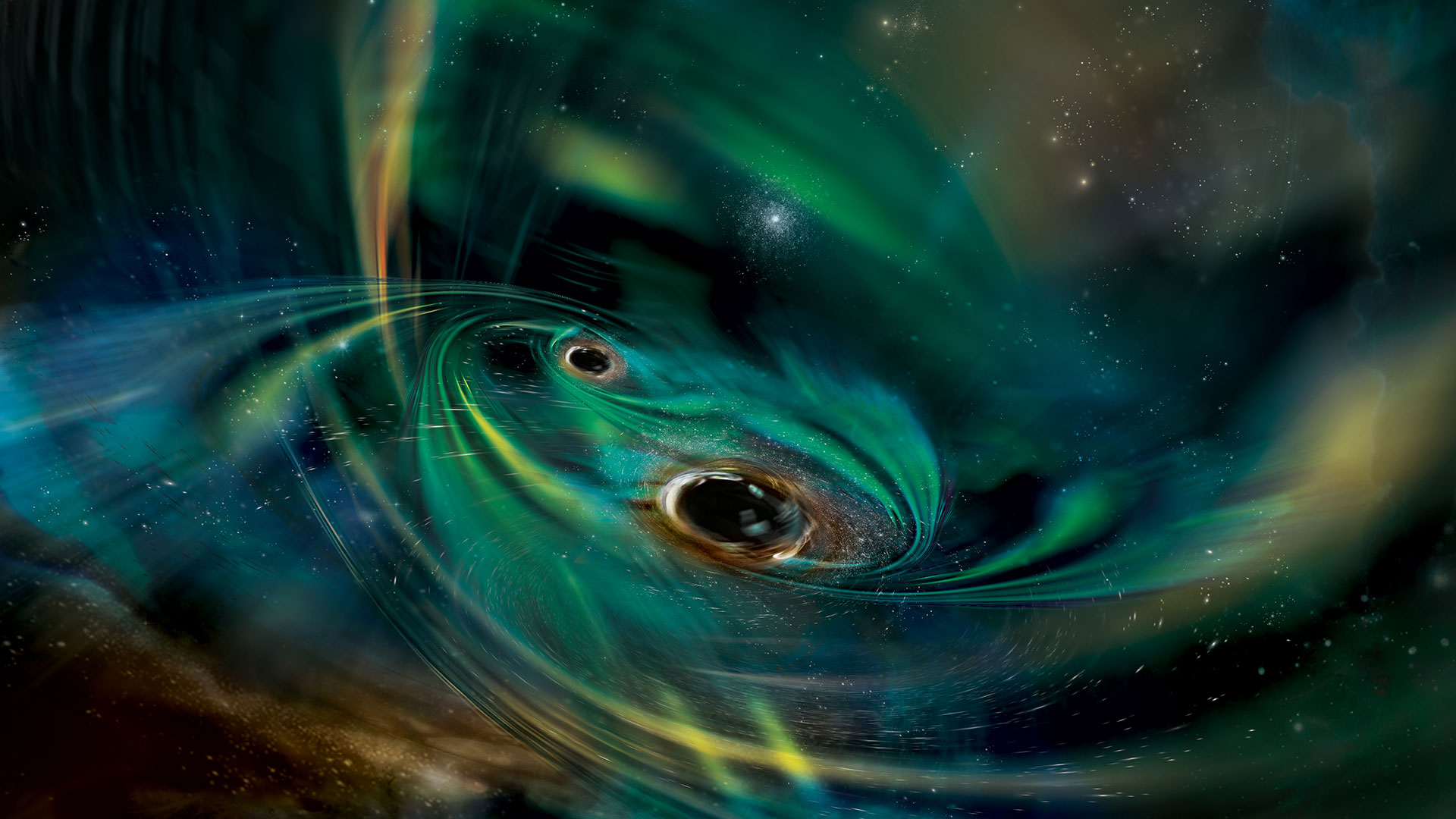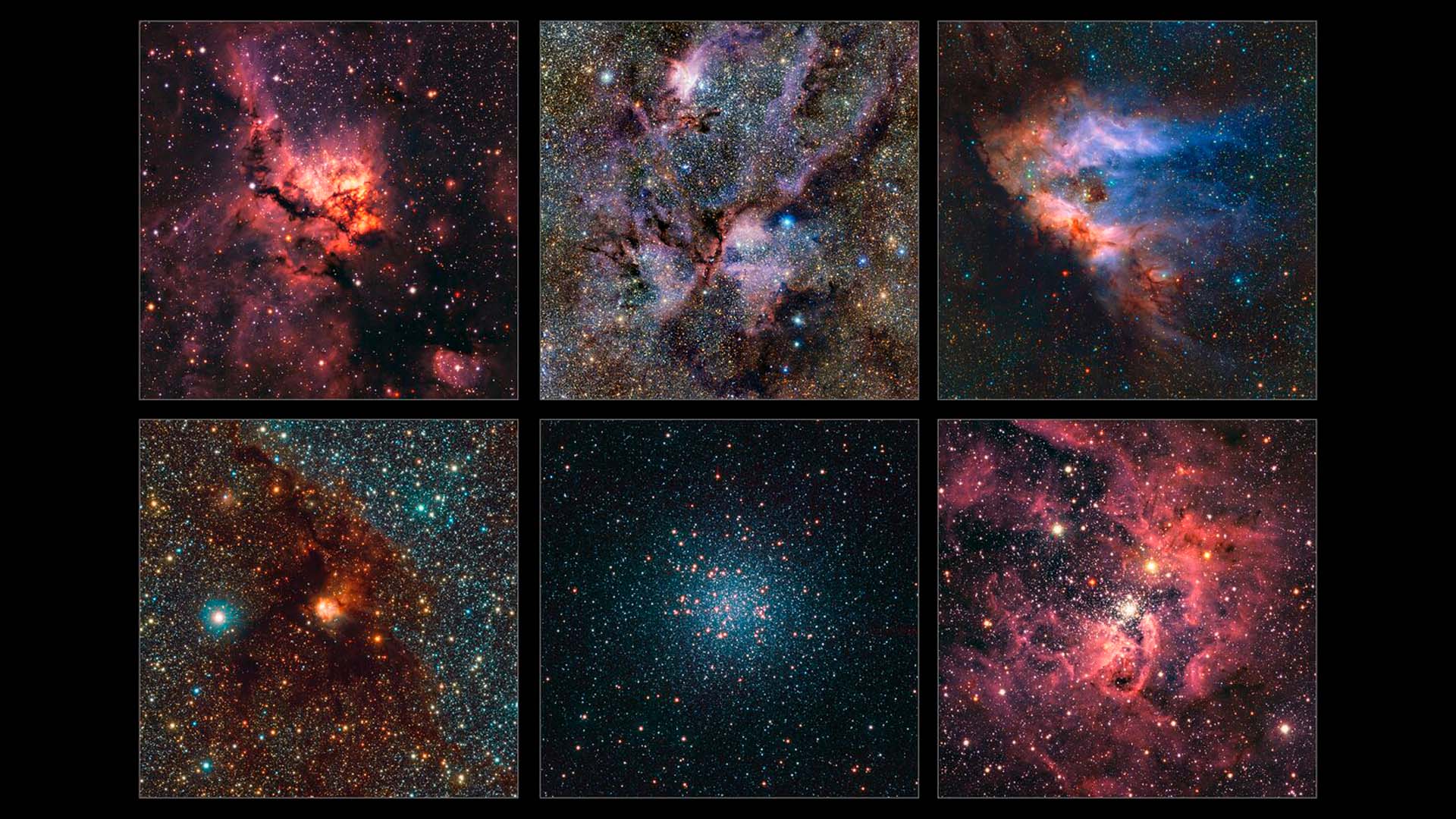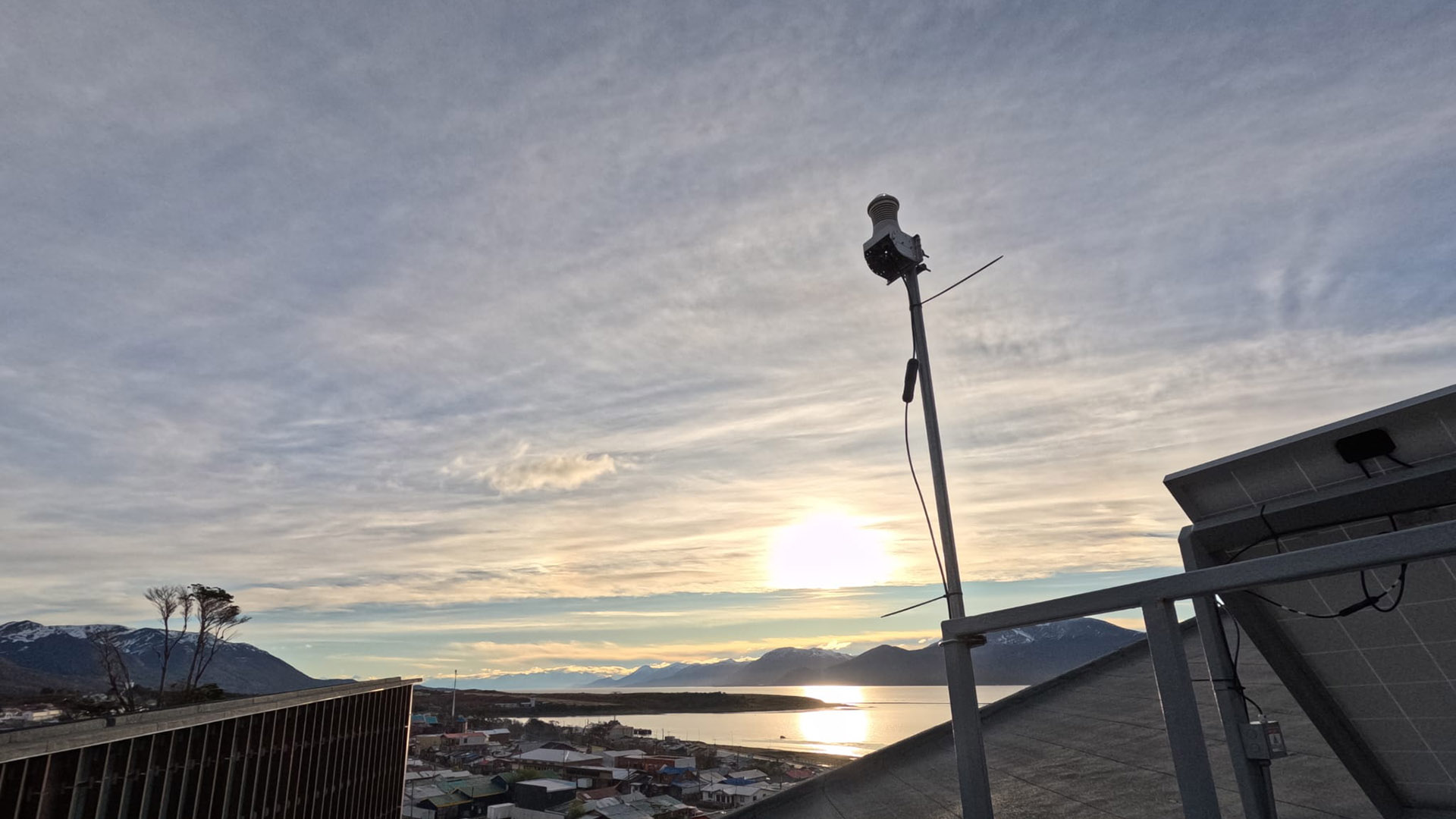
On the night of July 10, a bright fireball surprised the inhabitants of the Andes Mountains, between Santiago and Mendoza. It was the first fireball detected by the Andean FRIPON network, a network of ground cameras installed in Chile and Argentina, whose objective is to observe these objects in order to, if possible, recover them. MAS has played a key role in the implementation of this network and is one of the main promoters of the initiative.
It was around 20:30 (Chilean time) that the cameras installed in Santiago and Mendoza detected a fireball illuminating the sky over the Andes. It was the first probable meteorite fall detected by the camera network Andean FRIPONa multi-institutional project made up of a series of chambers of commerce, the all-sky or "fish eye", which is dedicated to the observation and tracing of the trajectory of fireballs, with the purpose of estimating which survive the atmospheric fall, delimiting the zone of descent and recovering the surviving meteorites in a short time.
The experts, analyzing the images obtained by the cameras on July 10, established that the object emitted its brightness when it was between 85 and 25 km above the surface. The first measured speed was 18 km/s (about 64,800 km/h), which due to atmospheric friction substantially reduced its speed to just 6 km/s (21,600 km/h) at which time the luminous phenomenon ended. This would indicate a high probability that shortly thereafter the meteor material survived this first part of its trajectory and continued on its final path without light emission (dark flight) until it reached the ground, then becoming a meteorite.
It is also estimated that it would have a mass of about 1 kg and about 10 cm. in size, and that it would have fallen near the border between Argentina and Chile in the high mountain area of the Cordillera. This is an area of difficult access that prevents its search. Despite this, in order to Andrés Jordánresearch associate at the millennium institute of astrophysics and one of the main drivers of this project, this detection marks a milestone in the work being done.
"It is an important fact because it shows that the network is operational and is detecting the meteors that fall in our territory. Eventually we will have a large part of the country covered and at some point we will be able to recover some object for analysis", explains who is also a professor at the Faculty of Engineering and Sciences of the Adolfo Ibáñez University.
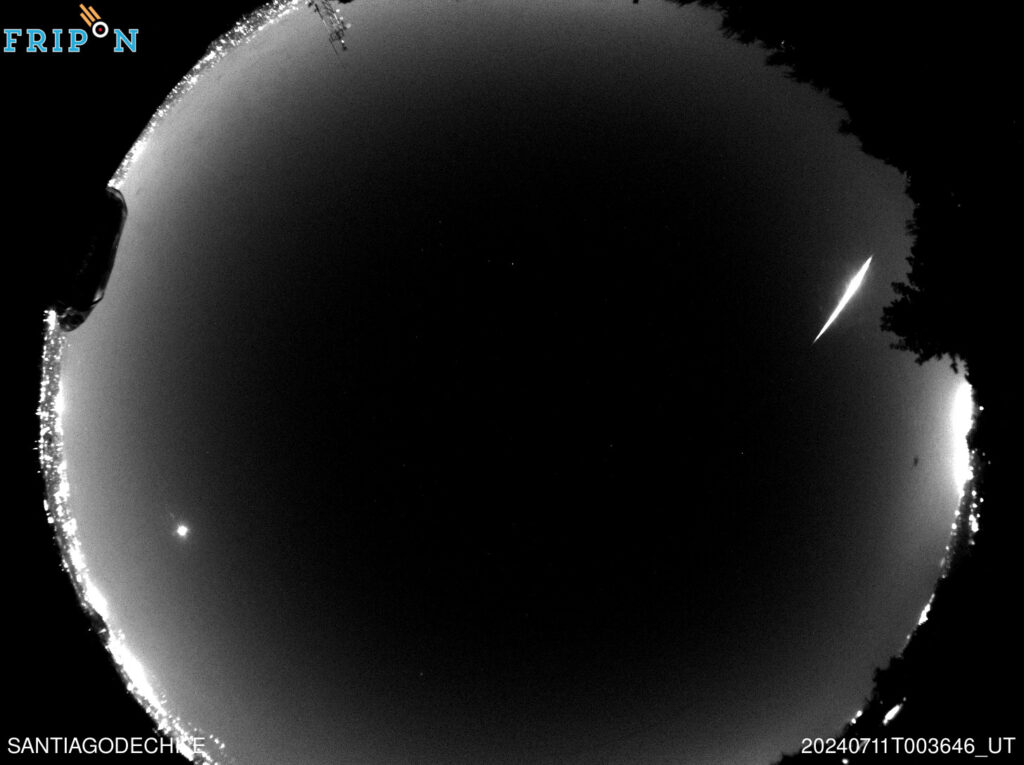
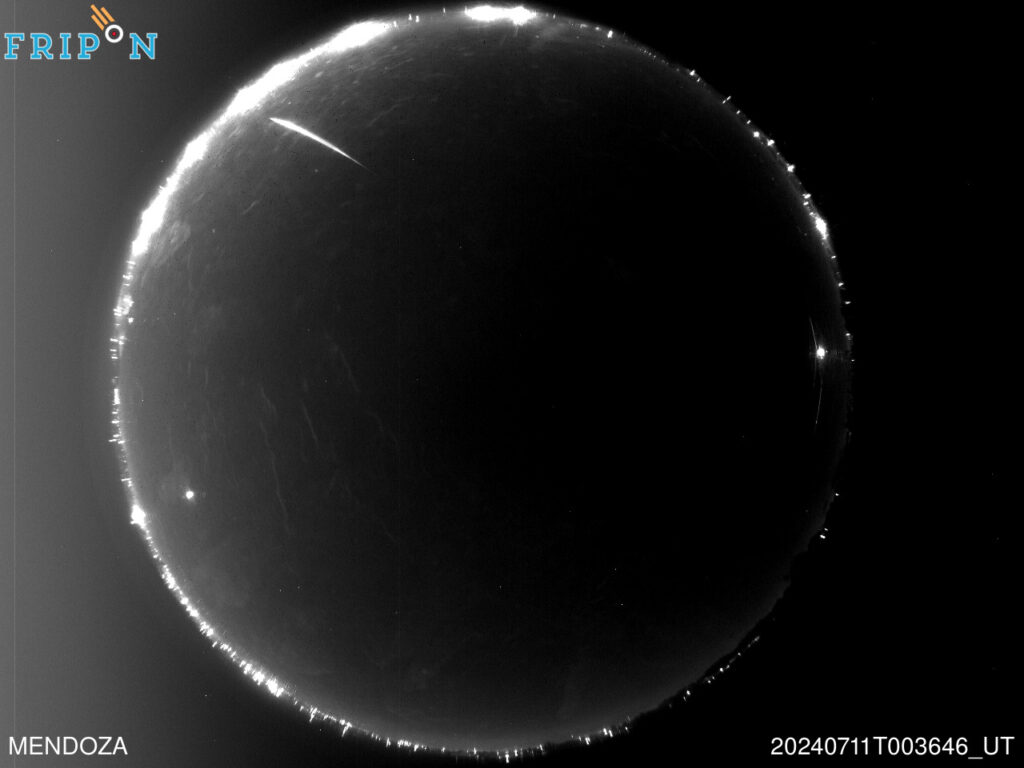
Images of the bolide on July 10, 2024 in the FRIPON Santiago camera (left) and the Mendoza camera (right). Source: FRIPON.
Andean FRIPON
The network FRIPON originated in France in 2016, spreading throughout Europe and Canada. However, it was necessary to extend it to the southern hemisphere, which gave rise to FRIPON Chile and later to FRIPON Andino. "MAS has been a very relevant institution in the creation of this network, and at the same time has supported the efforts of geologist Millarca Valenzuela to create a law to protect meteorites in our country. That results like these are known, even if we cannot recover the object this time, helps to raise awareness of the importance of meteorites and eventually that legislation will protect them," explains Jordán.
Currently, thanks to local scientific collaboration, 10 cameras are already operational in the regions of Antofagasta (2), Atacama (3), Coquimbo (2), Metropolitana (1) and Magallanes (1), as well as one in Mendoza, Argentina. At least seven more are planned for Chile and others are expected to be added in Peru and possibly Bolivia in the future.
FRIPON in Magallanes
The MAS - UAI researcher also says that just as in December 2023 MAS installed the first camera in the south of Chile, specifically in Puerto Williams, it is expected that this part of the network will expand even further. "At the moment, most of the cameras are concentrated in the north and center of the country. However, with MAS we plan to install cameras in Rio Seco (Punta Arenas) and Cerro Sombrero in Tierra del Fuego. This would allow better coverage of the territory.
Calculations of the orbit of the meteoroid detected before falling to Earth indicate that the body from which it originated had an orbit contained within the ecliptic, i.e., coplanar with the planets of the Solar System, and its greatest distance from the Sun (apogee) was about 4,375 astronomical units, which corresponds to the outermost zones of the main asteroid belt (as a reference, the average distance between the Sun and Jupiter is 5 astronomical units).
FRIPON Andino is coordinated in Chile by the French-Chilean Laboratory of Astronomy (FCLA), with support and contributions from the Millennium Institute of Astrophysics and the Department of Astronomy of the University of Chile. In addition, the following associated scientists participate: Millarca Valenzuela (MAS/UCN), Rene A. Méndez (U. de Chile), Katherine Vieira (UDA), Andrés Jordán (MAS/UAI), Christian Nitschelm (UA), Massinissa Hadjara (NIAOT/U. of Chile), José Nilo (ULS), Maja Vuckovic (UV), Hebe Cremades (UM), Myriam Pajuelo (PUCP), Bin Yang (UDP), Alexandre Corgne (UACh), Carlos Francile (OAFA Cesco), Sébastien Bouquillon (LFCA/UChile), François Colas (PSL), Emmanuel Jehin (U. de Liège), Alain Klotz (IRAP), Pierre Bourget (ESO) & Pierre Vernazza (LAM).


